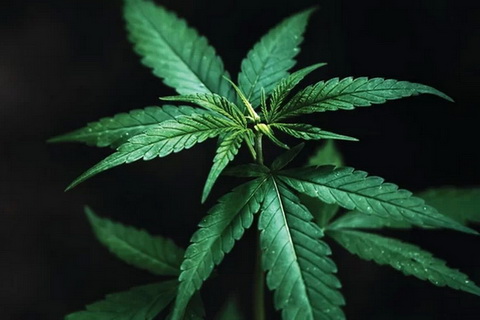- Accessibility Options:
- Skip to Content
- Skip to Search
- Skip to footer
- Office of Disability Services
- Request Assistance
- 305-284-2374
- Display:
- Default
- High Contrast
- Apply
- About UM
- Give to UM
-
Schools
- School of Architecture
- College of Arts and Sciences
- Miami Herbert Business School
- School of Communication
- School of Education and Human Development
- College of Engineering
- School of Law
- Rosenstiel School of Marine, Atmospheric, and Earth Science
- Miller School of Medicine
- Frost School of Music
- School of Nursing and Health Studies
- The Graduate School
- Division of Continuing and International Education
- Alumni
See A Student-Led Virtual Tour
Master's Programs
- Family Nurse Practitioner
- AGNP - Acute Care
- AGNP - Primary Care
Post Master's Certificates
- Psych Mental Health
- Oncology Nursing
Faculty Awards
- Clinical Excellence
- Teacher of the Year
- Past Recipients
Learn about Our Faculty's Global Influence
Funded Research
- CLaRO
- Familias Unidas
- REACH Equity
- ECHO
Learn More about our PhD Program
Our students talk about S.H.A.R.E.
-
About SONHS
- Welcome from Dean Santos
- School History
- Community and Clinical Partners
- Global Initiatives
- Heartbeat Magazine
- SONHS News
-
Academics and Admissions
Undergraduate
- Traditional BSN
- Accelerated BSN
- Bachelor's in Health Science
- Bachelor's in Public Health
- Student Handbooks
- Apply Now
Master's Programs
- Family Nurse Practitioner
- AGNP - Acute Care
- AGNP - Primary Care
Post Master's Certificates
- Psych Mental Health
- Oncology Nursing
-
Faculty and Staff
- SONHS Leadership
- Faculty Directory
- Staff Directory
- Faculty Opportunities
- Preceptors and Clinical Partnerships
Faculty Awards
- Clinical Excellence
- Teacher of the Year
- Past Recipients
-
Research
Funded Research
- CLaRO
- Familias Unidas
- REACH Equity
- ECHO
-
-
Student Resources
Student Services
- First-Year & Transfer Students
- Tours
- Clinical Information
- Financial Aid & Scholarships
- Contact Student Services





